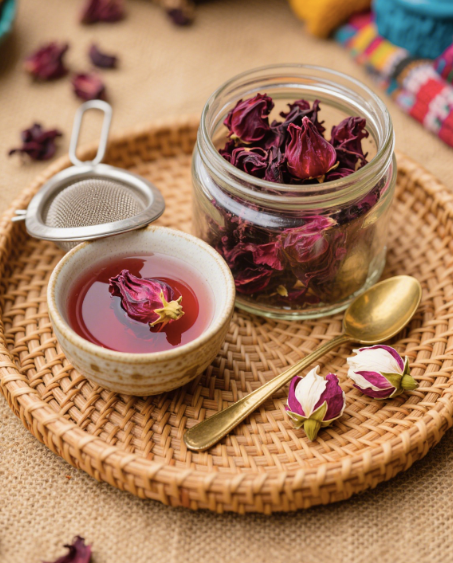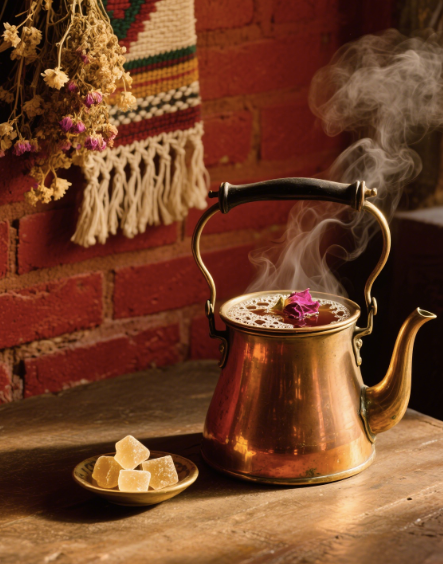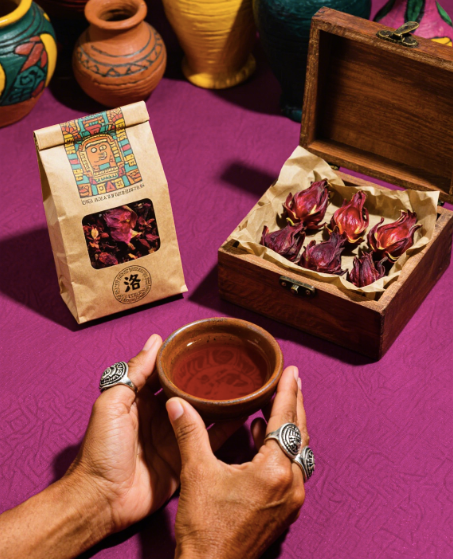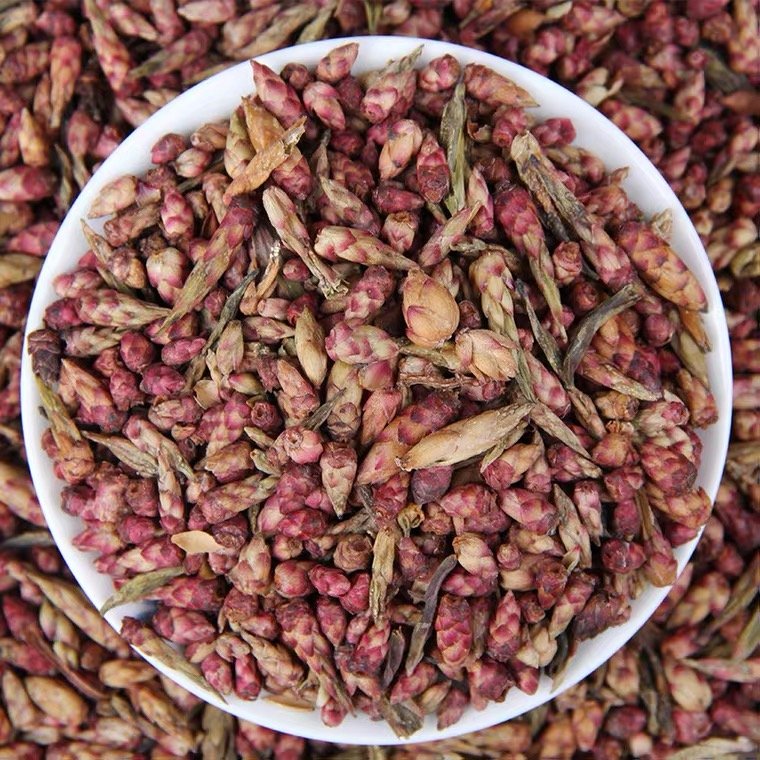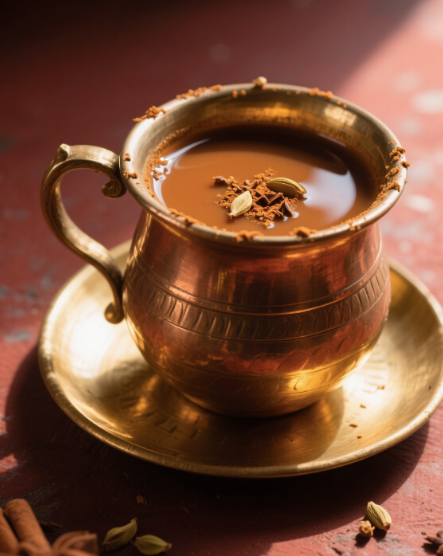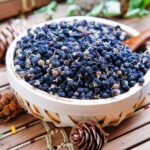
BLACK WOLFBERRY TEA
August 22, 2025
GINGER TEA
August 22, 2025ROSELLE TEA
$188.30
ROSELLE HIBISCUS TEA, a striking infusion crafted from the vivid crimson calyces of the Hibiscus sabdariffa plant, emerges as a burst of color and flavor in the world of herbal teas—celebrated for its bold, tangy character and jewel-like hue that rivals the most vibrant summer sunsets. From the markets of West Africa to the cafes of the Caribbean and the wellness corners of New York, this tea has earned a devoted following, captivating drinkers with its refreshing acidity and versatile nature. For those who crave a beverage that is both invigorating and visually stunning, ROSELLE HIBISCUS TEA is more than a drink; it’s a celebration of tropical vibrancy, a nod to cross-cultural traditions, and a zesty alternative to 平淡的 infusions.
Roots in Tropical Traditions
ROSELLE HIBISCUS TEA’s story is a tapestry of global cultures, woven together by trade and migration. The roselle plant is believed to have originated in West Africa, where it has been cultivated for over 6,000 years, valued for its edible leaves, seeds, and the fleshy calyces that surround its flowers. From there, it traveled across the Atlantic with the transatlantic slave trade, taking root in the Caribbean, Central America, and South America, where it became a staple in local cuisines and herbal practices. In Mexico, it’s known as jamaica and brewed into a sweet-tart refresher; in Nigeria, it’s used in soups and stews as well as teas; in Egypt, it’s a popular winter drink, spiced with ginger and cinnamon. Today, it’s a global favorite, cherished for its bold flavor, vibrant color, and reputation as a nutrient-dense beverage—bridging continents and centuries with every sip.
Flavor: A Symphony of Tart and Sweet
ROSELLE HIBISCUS TEA offers a flavor profile that is bright, bold, and unapologetically tangy—a perfect balance of fruitiness and acidity. On the nose, it greets you with a fresh, fruity aroma: think ripe cranberries, pomegranate, and a hint of citrus (like orange zest), with a subtle floral undertone that softens its sharpness. The first sip delivers a zing of tartness, reminiscent of unsweetened cranberry juice, but with a deeper, more complex fruitiness that calls to mind tropical berries. Mid-palate, there’s a pleasant, almost wine-like astringency—a drying sensation that cleanses the palate—balanced by a natural sweetness that emerges as the tea cools, like the aftertaste of a ripe blackberry. The finish lingers with a bright, refreshing tartness, leaving the mouth feeling invigorated and eager for another sip. This bold character makes it equally enjoyable hot or cold, and it pairs beautifully with sweeteners (honey, sugar, or agave) to mellow its acidity, though many purists savor its natural tang.
Craftsmanship: From Flower to Cup
The magic of ROSELLE HIBISCUS TEA lies in the transformation of the plant’s calyces—the fleshy, cup-like structures that protect the flower’s seeds—into a vibrant infusion. Harvesting occurs when the calyces are plump, deep red, and slightly soft to the touch, usually 2–3 weeks after the flower has bloomed and fallen off. They are plucked by hand, then separated from the seeds (which can be roasted and eaten as a snack), and dried in the sun or in low-temperature dehydrators. This drying process concentrates their natural pigments and flavors, turning the calyces into shriveled, ruby-red pods that retain their vivid color and tartness. Unlike many teas, roselle requires no oxidation or fermentation; it is simply dried and stored, ready to release its magic when steeped in hot water. This minimal processing ensures that it retains its high levels of vitamin C, antioxidants, and other beneficial compounds, making it as nutritious as it is delicious.
Legacy: A Tea of Festivity and Wellness
ROSELLE HIBISCUS TEA’s enduring popularity stems from its versatility and cultural significance. It is a tea of celebration: in the Caribbean, it’s served at holidays and gatherings, often spiced with cloves and allspice; in Mexico, it’s a staple at Christmas and Day of the Dead celebrations, sweetened with piloncillo (unrefined cane sugar) and served over ice. Beyond its festive role, it’s valued for its wellness properties—traditional medicine has long used it to support digestion, promote hydration, and even help regulate blood pressure, a reputation backed by modern research highlighting its rich antioxidant content. In the kitchen, it’s a culinary chameleon: used to make jams, jellies, and syrups; added to cocktails for a vibrant color and tart kick; or even used as a natural food dye. It’s a tea that defies categorization, equally at home in a casual picnic cooler as it is in a gourmet tea service.
Brewing: Unlocking the Crimson Magic
Brewing ROSELLE HIBISCUS TEA is a straightforward process that rewards experimentation, whether you prefer it hot, cold, sweet, or spicy:
- Classic Hot Brew: Use 1–2 tablespoons of dried roselle calyces per 500ml of boiling water. Steep for 5–7 minutes—the longer you steep, the deeper the color and the more intense the tartness. Strain and sweeten with honey or sugar to taste. This method yields a rich, ruby-red tea with a bold, invigorating character—perfect for cold days.
- Iced Roselle Tea: Brew a strong batch (2 tablespoons per 500ml of boiling water) and steep for 10 minutes. Strain, then chill and serve over ice with a slice of lime or a sprig of mint. For extra sweetness, add a simple syrup (equal parts sugar and water, boiled until dissolved) to the hot tea before chilling. This is a refreshing summer staple, beloved for its vibrant color and thirst-quenching tartness.
- Spiced Version: Simmer dried roselle with a cinnamon stick, a few whole cloves, and a slice of ginger in boiling water for 10 minutes. Strain and sweeten with maple syrup for a warming, aromatic tea that’s ideal for winter evenings.
- Sparkling Roselle: Brew a weak batch (1 tablespoon per 500ml of water), strain, and chill. Top with sparkling water and a squeeze of lemon for a bubbly, low-sugar alternative to soda.
Storage: Preserving the Vibrancy
To keep ROSELLE HIBISCUS TEA at its best, store dried calyces in an airtight container in a cool, dark place, away from strong odors. When stored properly, they will retain their color and flavor for up to 1 year, though their vibrant hue and tartness are most pronounced in the first 6 months after drying. For the best experience, buy small quantities and use them within a few months—this ensures you’re getting the full, bright character that makes roselle tea so special.
ROSELLE HIBISCUS TEA is more than a beverage; it’s a celebration of color, flavor, and cultural diversity. It is a reminder that some of the most vibrant things in life come from humble origins, and that a single plant can unite people across continents and traditions. Whether sipped to warm up on a cold day, cool down in the summer heat, or simply to enjoy its bold, beautiful presence, it offers a sip of joy that lingers long after the last drop—proof that great tea can be both visually stunning and deeply satisfying.
Category: SCENTED TEA
| Weight | 0.1 kg |
|---|
Store
Price
Details
General Inquiries
There are no inquiries yet.
Related products
FETAL CHRYSANTHEMUM TEA
$218.90Original price was: $218.90.$199.80Current price is: $199.80.0 out of 5

